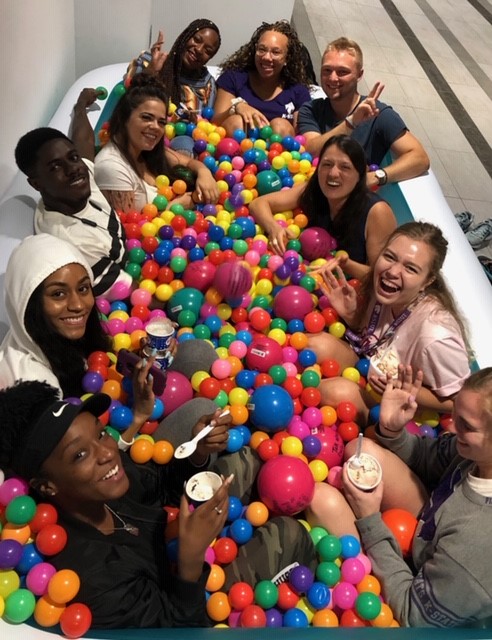I work at a university as a teacher of intercultural learning and development. That means I work with students to learn about their own cultures so that they are better prepared to understand other cultures. You see, we want to graduate students who are globally marketable and are able to think past their own identities.
I have developed many workshops over the years to address such learning outcomes. One of the developmental workshops/classes is called Safe Zone. It was developed by Anthropologist, Dr. Susan Allen, among others, originally to address sexual minorities, and then began to include intersectional identities deemed, “Not in the mainstream.” That was back in the 1970s, and we continue this important work of building allies today.
With the recent focus on inequities across all social constructs, there remains a focus to help institutions build community, foster a sense of belonging for all, and address emotional well-being. As I continue to say, it’s a life-long journey. When one asks me, “How long with this take?” My favorite answer is, “A life time.”
I have a class called, History of Exclusion, Implicit Bias, Aggression, and Language. I present this here as a way for us to think about the environments that we build in order to exclude, which is the opposite of building community. Here is a quick primer:
Justification:
As with any intercultural learning processes, all students , no matter who you are, must understand and internalize the benefits of being globally aware, confident and competent. This learning is not a “check box,” nor is it a “once and done” process.
The goal is for a us to move toward “allyship,” with historically excluded groups with “Authentic Allyship.” For example:
- “Performance Allyship,” i.e. extrinsically motivated and tends not to be sustainable. Rather is tends to be “a means to an end.”
- “Authentic Allyship,” intrinsically motivated and tends to promote positive and sustainable change in systemic exclusion.
If we are asking ourselves and teaching our children to function in a global society, we must model that same “self and other” awareness. Here’s a way to begin:
- Learn about your own identity and the characteristics that make up your culture.
- Learn about the identities of others and what about those identities that make up their cultures.
- Internalize how this understanding contributes to cohesion and the equitable representation of multiple identities in the class (room), in community, and in societal settings.
Intended Outcomes: Participants in this practice internalize their personal journey in Authentic Allyship with persons who identify with populations not part of a dominant. Practitioners of allyship understand how their own stories influence how they view the “other.” Practitioners of allyship find common ground to learn the stories of “others” and build relationships. Ultimately, practitioners of allyship advance the concepts of “Community, Belonging, and Emotional Well-being” for all.
As you look for readings, look for key words in the following topics.
Topics Covered:
- History of the exclusionary acts that contribute to racism and other “-ism” constructs
- Understanding Implicit biases and its effects in building relationships
- Understanding different types of aggressions: how do they affect the relationship between the aggressor and their “targets,” including:
- Micro-invalidations
- Micro-insults
- Micro-assaults
- Understanding the language that further “minoritizes” and separates one group from another.
Again, we promote: “Community, Belonging, and Emotional Well-being”
This is what I want for us:

Thank you for reading.
Thanks
LikeLike